Spain’s Basque Country is taste bud heaven
Region characterized by exquisite restaurants and places to pop in for pintxos
Known throughout Europe for the excellence of its food, Basque Country in north central Spain is surrounded by fertile farmlands and the bounty of the Atlantic’s Bay of Biscay. A rich source of fresh ingredients for the 20 Michelin-starred restaurants in its relatively compact area, its geography also contributes to the savoring of foods along with others.
The creativity and conviviality of traditional of pintxos (pronounced “pinchos”), outdoor grills at restaurants and cider houses bring locals and visitors out for afternoons and evenings. Seafood is especially popular, with fresh tuna, hake, cod, sardines and anchovies making frequent appearances in Basque Country.
Although cod is not caught in Spanish waters, dried and salted bacalao (salt cod) holds a place close to the heart of many a Spaniard. Long-ago fishermen from Basque Country brought it back from the cold northern waters off Newfoundland, sustaining their long voyages with cod dried and salted on land, possibly in North America long before Christopher Columbus arrived. Salt cod soon became a mainstay of the Spanish diet.
Encrusted with salt crystals and inedible in its preserved state, the dried fish needs to soak in water overnight before being prepared. During soaking, it undergoes remarkable changes, becoming both firmer and more tender than it was originally — tasting of the sea, not the salt it was preserved in.
I was there in November with a group of seniors, all travel writers seeking elegance and good food. During our group’s dinner at Zortziko, a Michelin-starred restaurant in Bilbao, we had salt cod with two classic Basque sauces, pil pil and Vizcaina – the first made with garlic and olive oil and the second with guindilla peppers and onion.
Guindilla peppers, a slightly hot pickled pepper grown in Basque Country, is also used in the Gilda, an original pintxo. The peppers can be ordered online for those who want to incorporate them in making their own pintxos — especially the Gilda.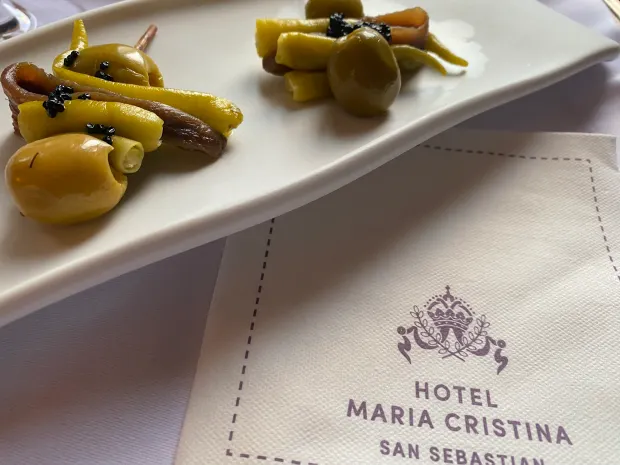
The Gilda originated in San Sebastian, where they welcomed me to the Hotel Maria Cristina. Named after Rita Hayworth and her character in the 1946 film of the same name, the Gilda is a skewer of salted anchovies, guindilla peppers and green olives, for a slightly hot and spicy pintxo — just like the actor.
It’s best enjoyed with a glass of txakoli, a delicious contrast to the Rioja wines for which the area is best known.
Heartier than tapas and often assembled on top of bread or on a skewer, pintxos are served beautifully arrayed on bar tops for patrons to point and choose. Groups of friends often walk among bars, munching on pintxos before moving on to the next stop, an ideal afternoon gustatory diversion to adapt to 9 p.m. Spanish dinner times.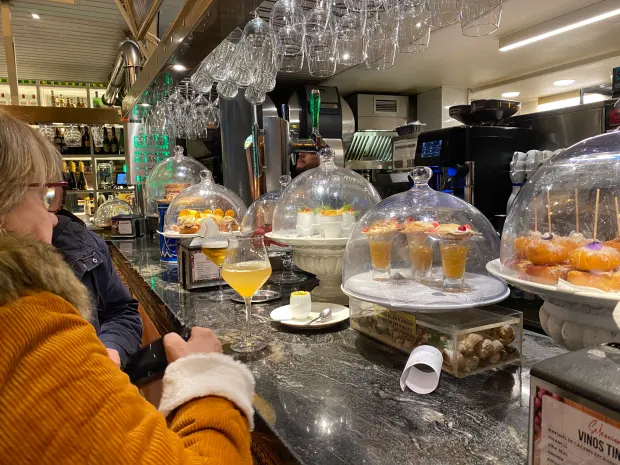
It was raining during much of my recent visit so we sat at tables in two different establishments in both Bilbao and San Sebastian while pintxos varieties were brought to us. La Olla and Victor Montes on Plaza Nueva in Bilbao’s old town are beneath colonnaded walkways, allowing us to stay dry.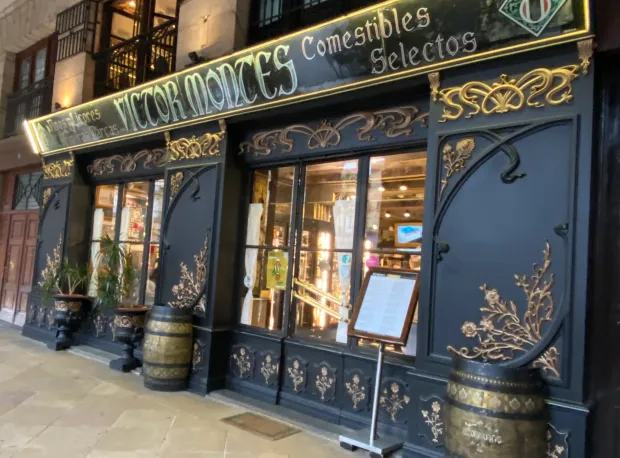
And in San Sebastian, Gandarias tempted us with stuffed sea urchins along with goat cheese and pistachios on roast tomato risotto. Then it was on to Antonio, which tempted with even more pintxos delights.
Typical pintxos included squid in batter, breaded mussels, mushrooms, omelet, ham croquettes, shrimp, black pudding with baby squid and Idiazabal cheese soup with mushrooms and quail egg.
A walk through the port town of Getaria revealed charcoal and wood-fired grills built into the walls outside many restaurants. Our lunch was at Kaia-Kaipe, a Michelin-starred restaurant in business since 1962. I found unfamiliar turbot, sea bream, mullet, viceroy, scorpion fish and eels among the menu’s listings and feasted on spider crab and anchovies.
Our drive through the Getaria wine country revealed gracefully curving rows of grapes trellised five feet above the earth so that sea breezes could modify the humidity in the vineyards. I couldn’t help but think the vineyards would be a delightful spot for a picnic.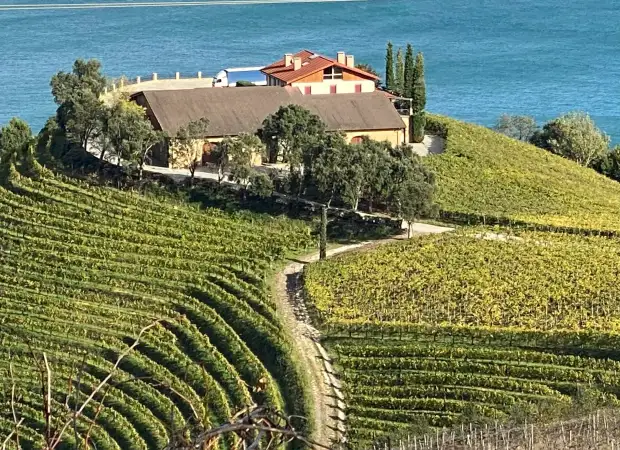
Cider houses, a culinary tradition since the 11th century in Basque Country, have a celebratory atmosphere not unlike German beer halls. Cider season, typically from January until May, is when the first ciders of the year are tapped after being aged in their barrels, so many cider houses were closed during our November visit.
We learned in the nearby cider museum that it’s made from dozens of varieties of apples. This is alcoholic cider, known in the U.S. as hard cider, and it varies greatly in sweetness and dryness.
The Alorrenea cider house, where we had lunch, is open year-round, and those who come fill their glasses at one of several huge barrels holding cider of different dryness and alcohol levels. As the tap is opened, drinkers rush to catch the stream of cider that shoots out, shouting “txotx” (pronounced “choke”) before the cider can hit the ground. A drain along the base of the barrels prevents the floor from becoming slippery with missed cider.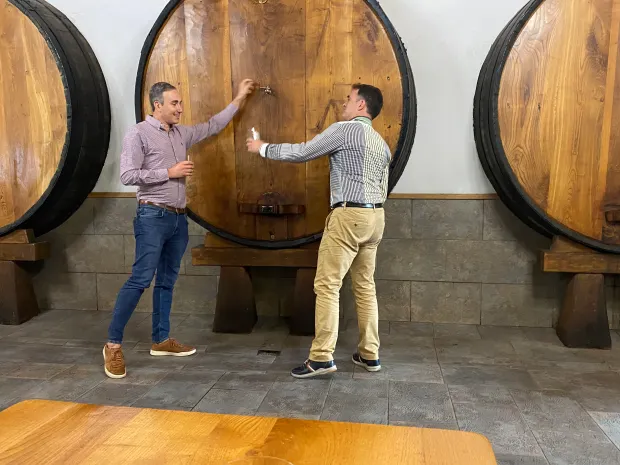
Food served at each cider house is the same, so it’s far from a typical restaurant. First, a cod omelet was brought to our table, followed by fried cod with green peppers, a few huge very rare grilled steaks and then cheese and quince preserves with walnuts. We all helped ourselves as we decided which of the ciders we preferred.
We learned how to take Basque Country tastes home to our own kitchens from a Showcooking session at Mimo adjacent to the Hotel Maria Cristina in San Sebastian. Regular hands-on cooking classes are available, but in Showcooking, the chefs prepare several courses and serve them. Ours was a six-course dinner.
After our questions revealed that a recipe’s “mustard beans” was what we know of as grainy mustard, one of our number prepared the Pimento Relleno back at home.
Here’s her adapted recipe, including websites where ingredients can be ordered:
Pimento Relleno
Ingredients
1 can of Ortiz bonito (white tuna) (buy: bit.ly/bonitotuna)
Mayonnaise
Grainy mustard
Chopped shallots
Finely chopped pickle
Freshly ground black pepper
Salt, to taste
Espinaler piquillo peppers (buy: bit.ly/piquillopeppers)
Instructions
Mix the can of tuna with a fork, adding mayonnaise, mustard, chopped shallots and chopped pickles to create a uniform mass.
Spoon it into a plastic bag with a corner cut off.
Squeeze it into the peppers and serve.
To learn more about Basque Country, visit tourism.euskadi.eus.

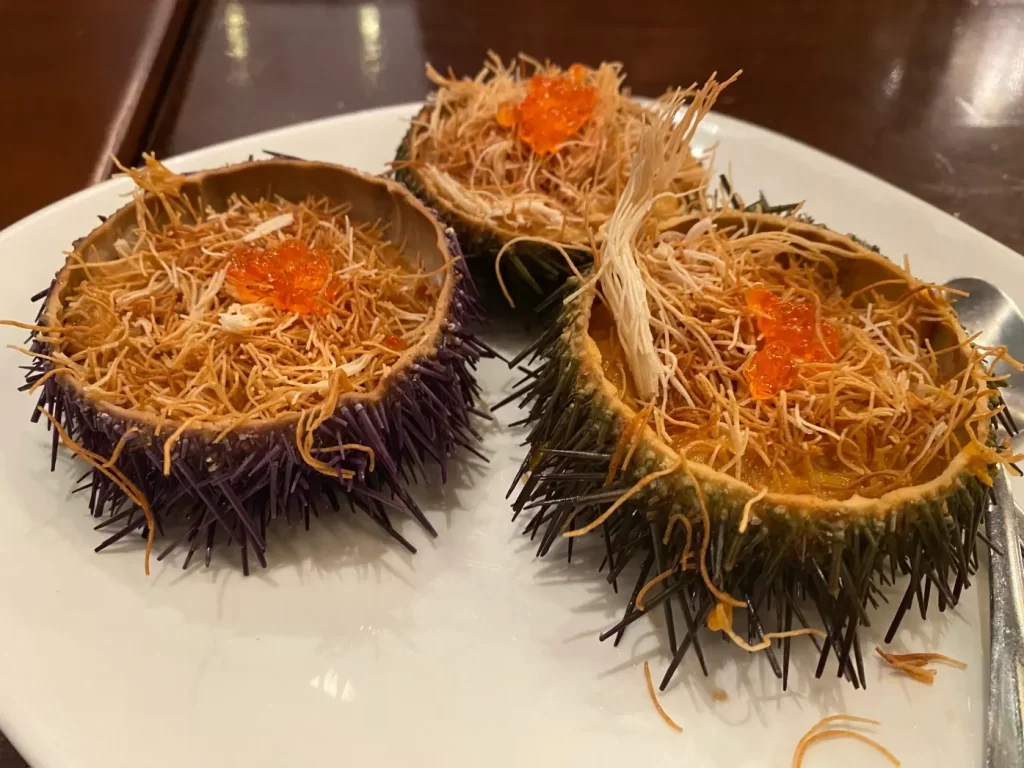


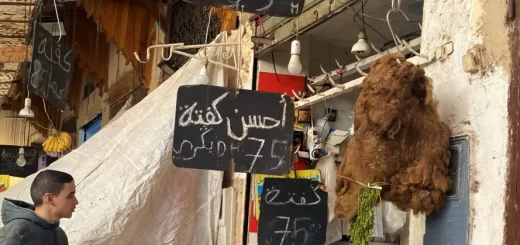
Recent Comments